This particle helps give mass to all elementary particles that have mass, such as electrons and protons. Particles, such as protons, made up of quarks obtain most of their mass from the bonding energy that holds their components together. The particle was detected both by the LHC ATLAS detector and by the Compact Muon Solenoid (CMS) detector. For example, the photon, which is the particle of light that carries electromagnetic force, has no mass.
CERN estimates that, after the update each year, the accelerator will create 15 million of these particles. As scientists neared the end of the 20th century, advances in particle physics had answered many questions related to the fundamental components of nature. This is because the spontaneous rupture of symmetry does not occur with photons as with their force-carrying companion particles, the W and Z bosons. In addition, the investigation of this elusive particle will deepen during the third round of the LHC and, in particular, when the improvement of the high luminosity of the particle accelerator is completed in 2029 (opens in a new tab).
However, as physicists populated the particle zoo with electrons, protons, bosons and all kinds of quarks, some pressing questions remained unanswered. The mass of a particle determines how much it resists changing its velocity or position when it encounters a force. A boson is a force-carrying particle that comes into play when particles interact with each other, and a boson is exchanged during this interaction. For example, when two electrons interact, they exchange a photon, the particle that carries force in electromagnetic fields.
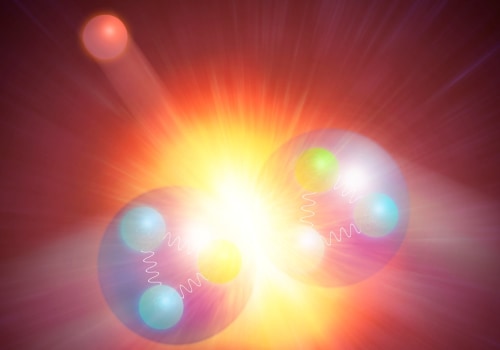
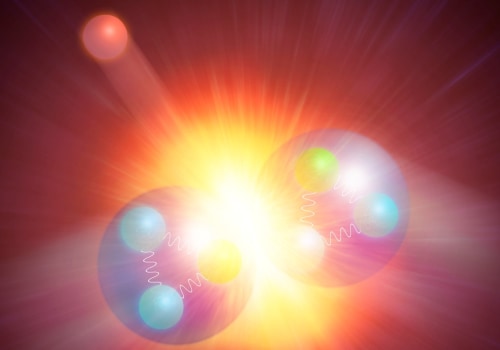
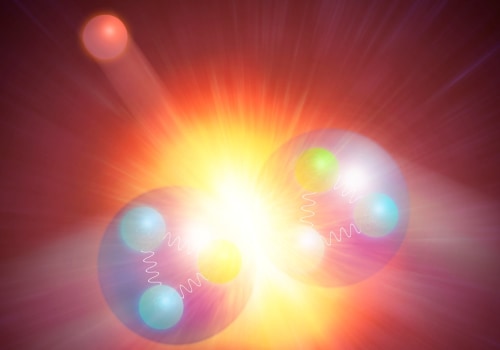

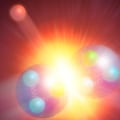
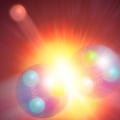
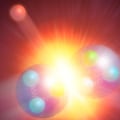
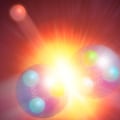
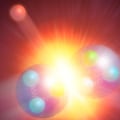
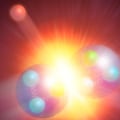
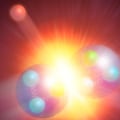
Leave Reply